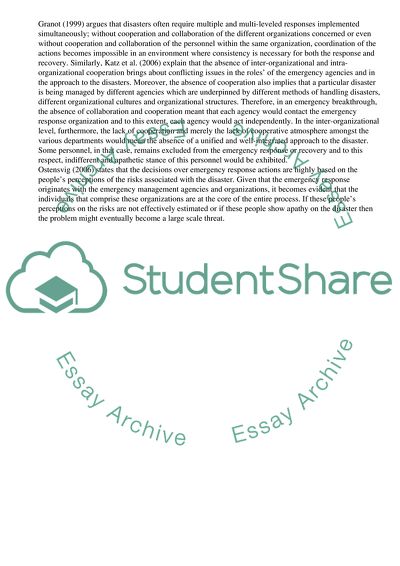Cite this document
(Emergency Management Research Paper Example | Topics and Well Written Essays - 2000 words, n.d.)
Emergency Management Research Paper Example | Topics and Well Written Essays - 2000 words. Retrieved from https://studentshare.org/management/1744796-creating-an-interdepartmental-atmosphere-among-all-personnel-during-a-disaster
Emergency Management Research Paper Example | Topics and Well Written Essays - 2000 words. Retrieved from https://studentshare.org/management/1744796-creating-an-interdepartmental-atmosphere-among-all-personnel-during-a-disaster
(Emergency Management Research Paper Example | Topics and Well Written Essays - 2000 Words)
Emergency Management Research Paper Example | Topics and Well Written Essays - 2000 Words. https://studentshare.org/management/1744796-creating-an-interdepartmental-atmosphere-among-all-personnel-during-a-disaster.
Emergency Management Research Paper Example | Topics and Well Written Essays - 2000 Words. https://studentshare.org/management/1744796-creating-an-interdepartmental-atmosphere-among-all-personnel-during-a-disaster.
“Emergency Management Research Paper Example | Topics and Well Written Essays - 2000 Words”, n.d. https://studentshare.org/management/1744796-creating-an-interdepartmental-atmosphere-among-all-personnel-during-a-disaster.


